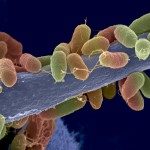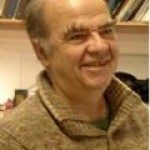Link to Pubmed [PMID] – 26705835
Med. Mycol. 2016 Mar;54(3):327-32
Bone marrow has already been described as an enrichment site for several antigen-specific T lymphocytes, but the presence of mould-specific T cells has never been investigated in the bone marrow. We have previously demonstrated that mould-specific T cells emerge in the peripheral blood of patients with invasive fungal infections (IFI) but tend to become undetectable after disease resolution. In seven patients with a history of IFI, we investigated the presence of mould-specific T cells secreting different cytokines in bone marrow and peripheral blood paired samples. The results showed that the frequencies of mould-specific T cells secreting the protective cytokine IFNγ are significantly higher in bone marrow (BM) and are mainly represented by CD8+ T lymphocytes with effector phenotype. A putative disappearance of such protective BM responses after myeloablative therapy could contribute to the increased risk of IFI in hematologic patients.

